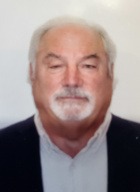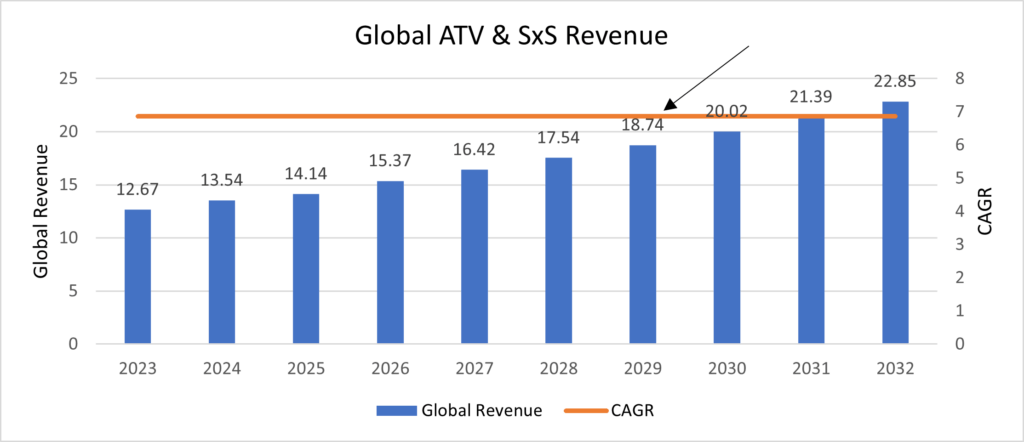Battery Swap Alliance Seen as EV Recharging Solution
CHINA REPORT

Driven by multiple factors such as government support, market demand, and battery technology upgrades, the battery swap solution is attracting much attention from the market.
NIO Energy has obtained a strategic investment of 1.5 billion yuan from Wuhan Guangchuang Xingxin Technology Phase I Venture Capital Fund Partnership and other institutions. Earlier, FAW Group signed a strategic cooperation framework agreement with NIO[ it is the seventh car company to sign a battery swap cooperation agreement with NIO, following GAC Group, Changan Automobile, Geely Holding, Chery Automobile, Jianghuai Automobile Group, and Lotus. This covers almost half of the mainstream domestic car companies.
Competition in the battery swap track involves more than just NIO and several passenger car companies. Recently, power battery enterprises, commercial vehicle companies, and mobility platforms also have been aggressively entering this field. On May 16, 2024, CATL signed a framework agreement for a battery swap project cooperation with GAC Aion and Era Electric Service; in the commercial vehicle sector, Nanjing Golden Dragon, Sany Automobile, China National Heavy-Duty Truck, Dongfeng Liuzhou, and Hanma Technology have all started to plan the layout of battery swap heavy trucks. In addition, State Power Investment, GCL New Energy, and Sany Group are also positioning to layout heavy truck battery swap stations.







